Gastronomy Peljesac
Gastronomy and culinary tourism offer a delicious way to explore culture, tradition, and local flavors. Discover unforgettable food experiences through wine tastings, cooking classes, street food tours, and gourmet dining.
Our platform allows you to easily book gastronomic experiences online, with verified hosts and real-time availability. Whether you're looking for authentic cooking workshops or luxury food and wine pairings, you'll find something to satisfy your taste.
Gastronomic tourism brings travelers closer to the heart of a destination — its food heritage. Enjoy farm-to-table meals, visit traditional markets, or take part in chef-led tours that reveal culinary secrets passed down through generations.
Compare reviews, check availability, and reserve your spot for the next food and wine experience. Indulge in your passion for food and turn every bite into a cultural adventure!
Gastronomy Peljesac FAQ
Along with the Istrian peninsula, the Peljesac peninsula is one of the largest on the Adriatic coast. It stretches from the isthmus of Ston all the way to Cape Lovista in the northwest and it is 65km long. Some of its larger towns are Ston, Brijesta, Trpanj, Viganj, and Orebic. The Peljesac peninsula's mountains are known hunting grounds for mouflons. Its inhabitants mostly make their living off of tourism, wine-growing-manufacturing dingac wine in the wine cellars of Potomja and Ston, as well as stockbreeding and fishing. It is also known for its salt-works and cultivating seashells. Peljesac is a charming place thanks to its many historical churches, exquisite royal villas as well as its delicious first class wines.
Stretching along the isthmus, which connects Peljesac to the mainland, are fortress walls which were built by the Republic and served to prevent access to the peninsula. These walls were built by the same architects and contractors who raised Dubrovnik's fortress walls: Michelozzo Miichelozzi, Juraj Dalmatinac and Onofrio Della Cava.
Orebic is a small city and the most well-known located on the...
Tourist offers Peljesac
Gastronomy Peljesac
Health Tourism Peljesac
Active Tourism Peljesac
Culture Tourism Peljesac
Nightlife Peljesac
Transfers Peljesac
Events and entertainment Peljesac
Excursions Peljesac
Hotels in Peljesac
Private accommodations in Peljesac
Tourist resorts in Peljesac
Holiday houses in Peljesac
Villas with Pool in Peljesac
Camps, mobile homes in Peljesac
Boat rental in Peljesac
Farm holidays in Peljesac
Hostel in Peljesac
Gastronomy Peljesac Offer
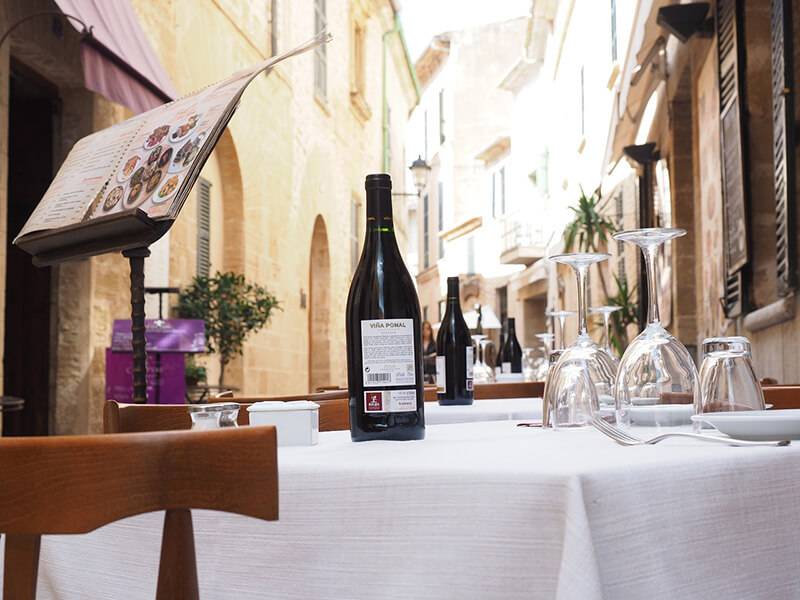
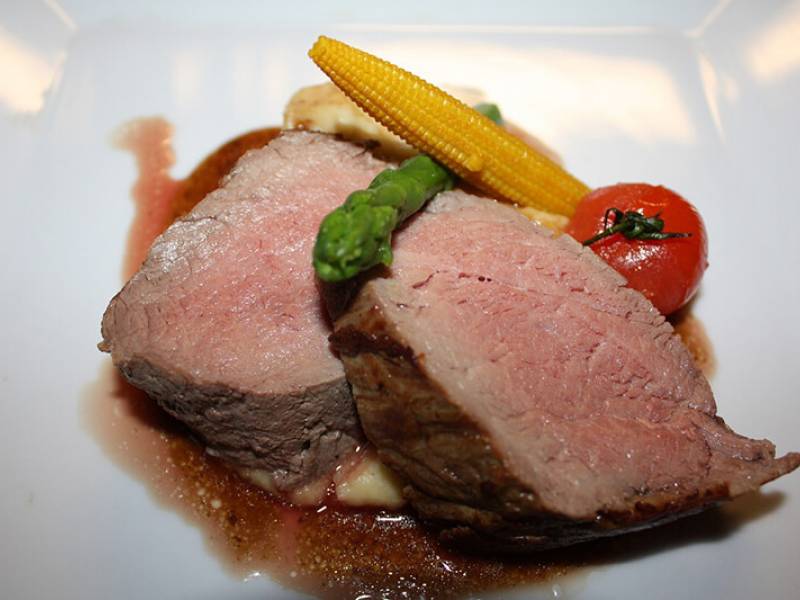

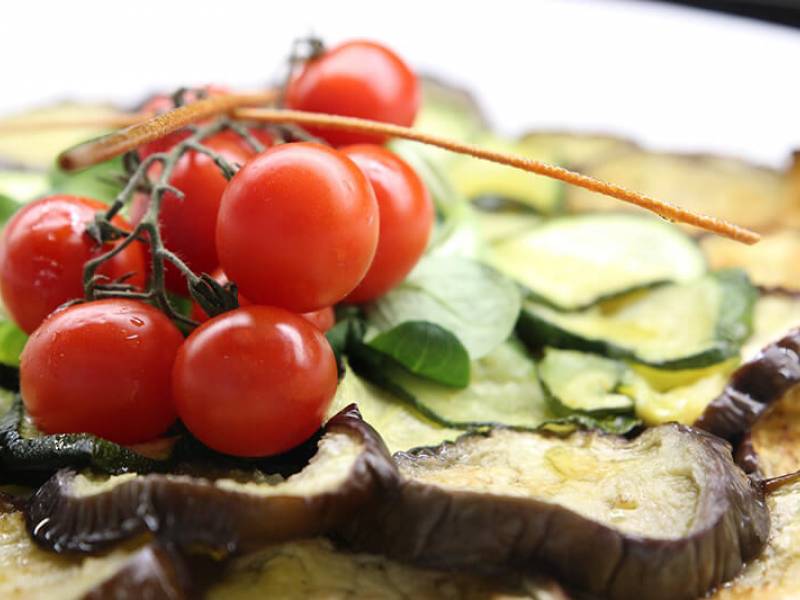

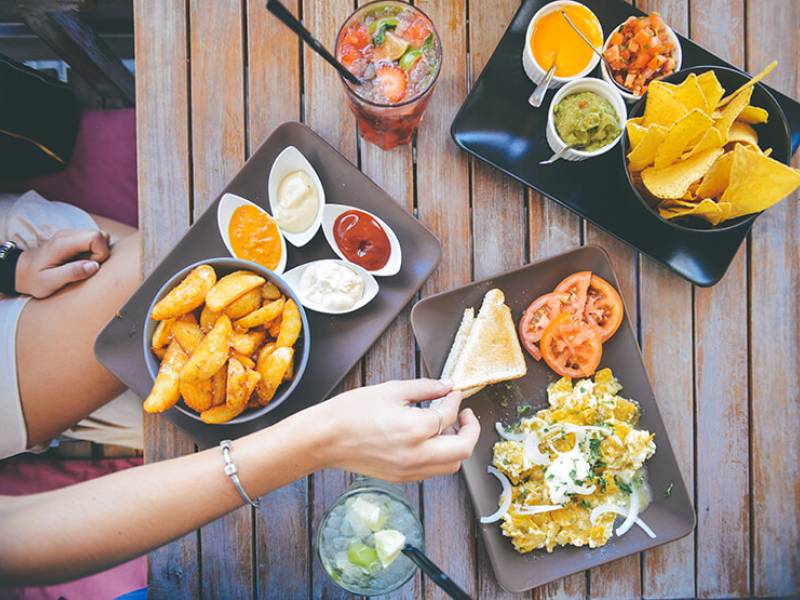
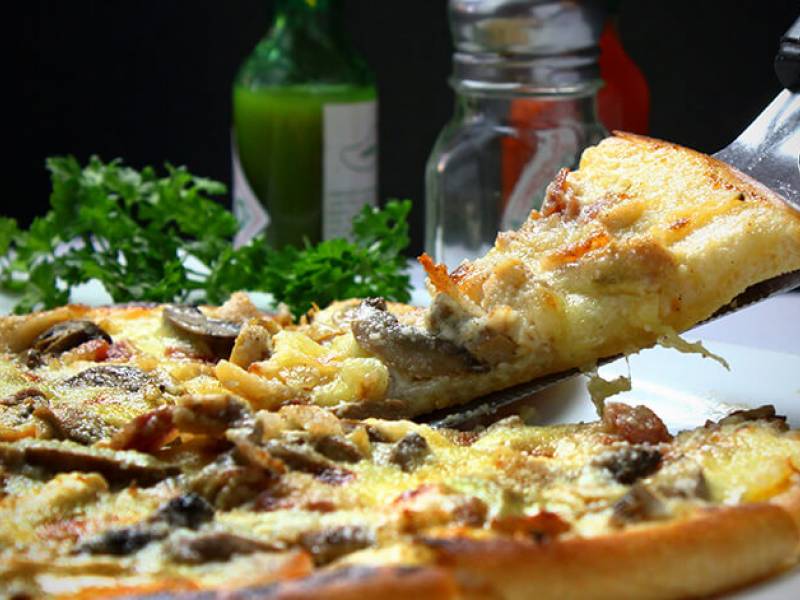
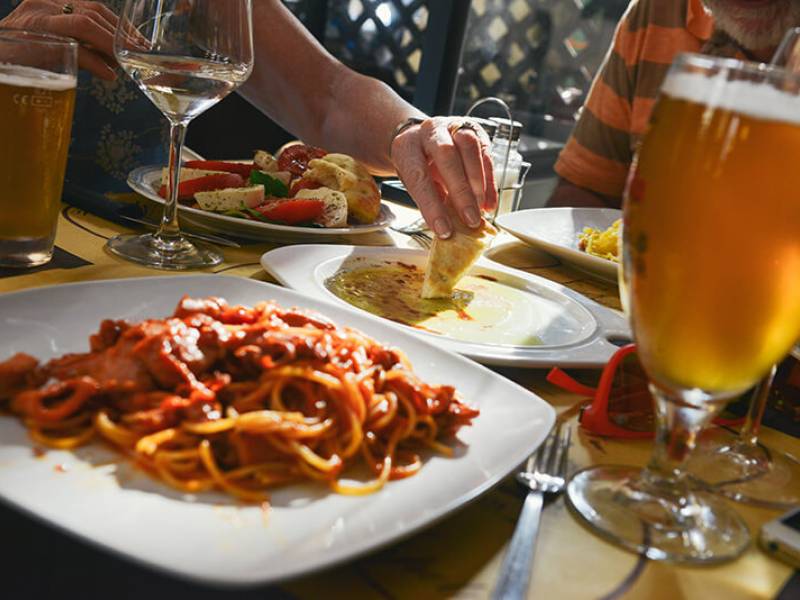
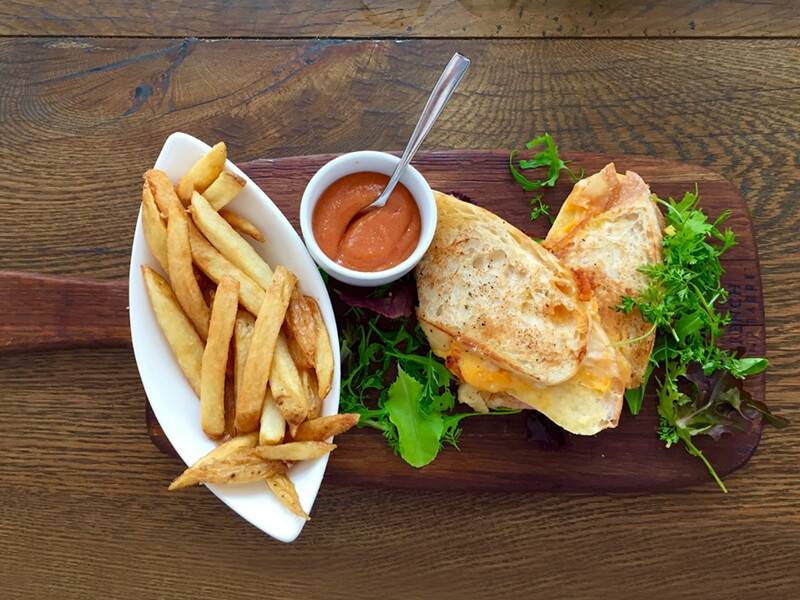
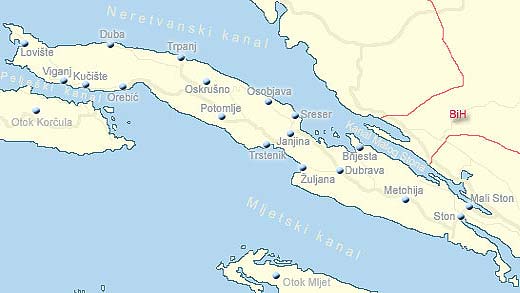



































 Professional serivce
Professional serivce Quality tourist service
Quality tourist service 14 years in business
14 years in business A large number of satisfied guests
A large number of satisfied guests